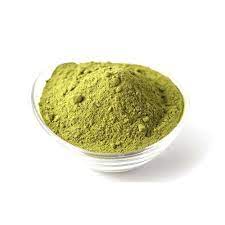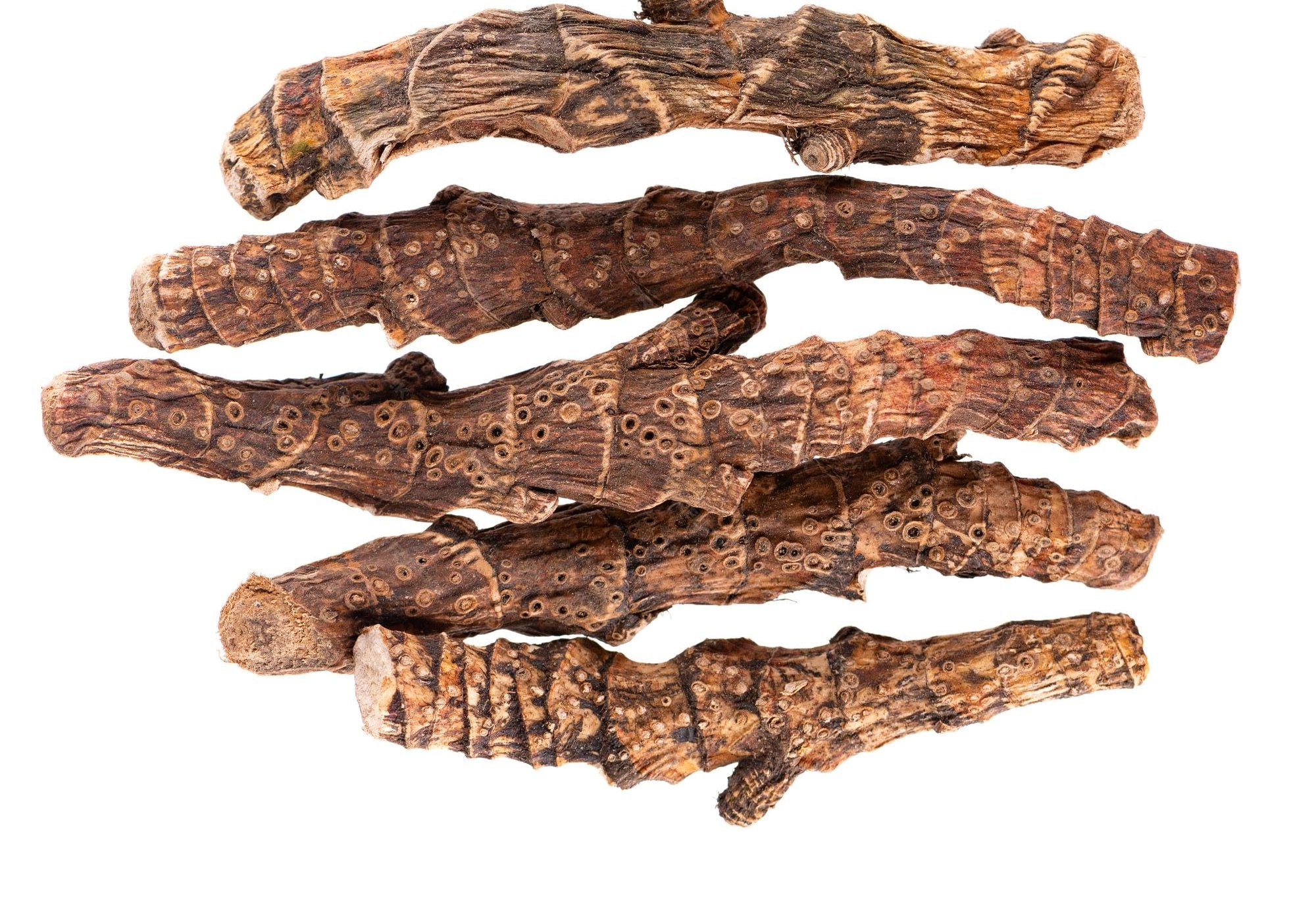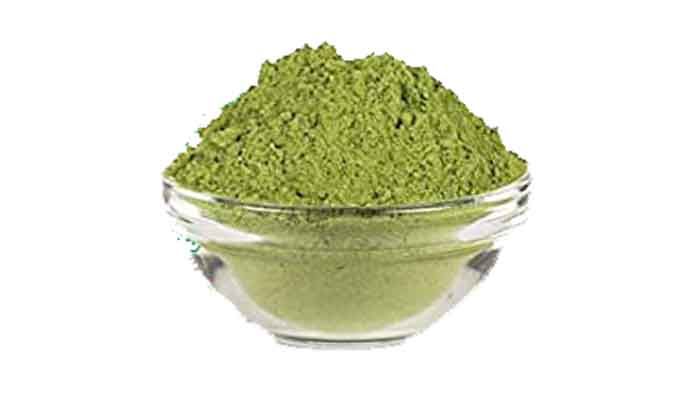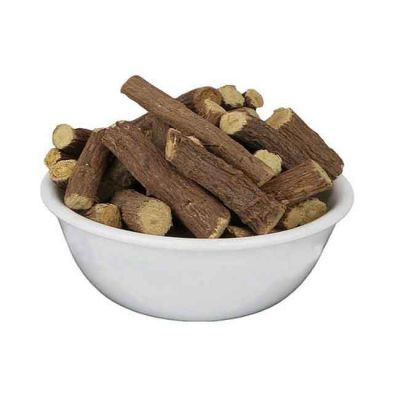Introduction to Spade Flower Powder: History and Origins
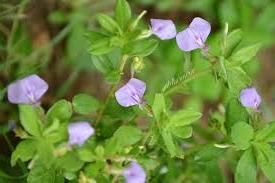
Spade flower powder, derived from the plant Hybanthus enneaspermus, is a lesser-known but highly valued herb in traditional medicine. This small, perennial herb is commonly found in tropical regions across Africa, India, and Southeast Asia. The plant has delicate heart-shaped leaves and tiny violet or white flowers, often resembling the shape of a spade, which gives the plant its common name. Historical and Cultural Significance Spade flower has a long-standing history in Ayurveda, where it is known as Ratanpurusha or Sankhpushpi (not to be confused with other herbs that share similar names). In Indian traditional medicine, spade flower is highly regarded for its therapeutic properties, particularly in treating urinary issues, respiratory problems, and sexual health conditions. In African folk medicine, Hybanthus enneaspermus is also recognized for its healing potential. Tribes and communities have used various parts of the plant, especially the roots and leaves, to manage ailments such as fever, diarrhea, and general debility. Its role as an aphrodisiac and a remedy for sexual disorders is a common theme across multiple regions and cultures. Traditional Uses and Applications In Ayurveda, spade flower is categorized as a cooling herb, known for its anti-inflammatory and diuretic properties. It's traditionally used to treat: Urinary disorders: Spade flower has been used as a natural remedy for urinary tract infections (UTIs), kidney stones, and bladder problems. Its diuretic properties help flush out toxins and excess fluid from the body. Sexual health: Both men and women have historically used spade flower for sexual health, with claims that it enhances libido and improves reproductive function. Respiratory issues: The plant is also valued for its ability to soothe coughs and ease respiratory problems, especially in cases of asthma or bronchitis. In more modern times, spade flower powder is gaining attention in the natural wellness community due to its multifaceted health benefits, which are rooted in these ancient practices. The Process of Creating Spade Flower Powder Spade flower powder is made by drying and grinding the leaves and stems of the Hybanthus enneaspermus plant. This powdered form is convenient for medicinal use, as it can be easily added to teas, smoothies, or consumed with water. The powder retains the beneficial compounds present in the plant, including flavonoids, alkaloids, and saponins, which are believed to contribute to its therapeutic effects. A Promising Yet Underexplored Herb Despite its deep roots in traditional medicine, spade flower remains relatively underexplored in modern scientific research. However, its historical use across different cultures points to its significant potential as a natural remedy for various health issues. As interest in herbal medicine grows, spade flower powder may soon emerge as a popular choice for those looking to support their overall wellness with natural solutions. By understanding the history and traditional uses of spade flower, we can appreciate its importance in ancient healing systems and explore its potential in contemporary health practices.
Click here to spade flower powder in hbkonline store.



